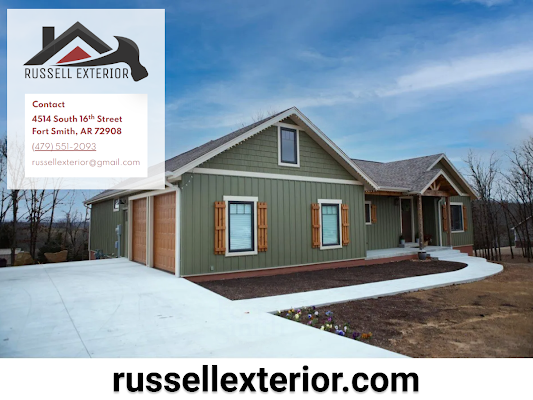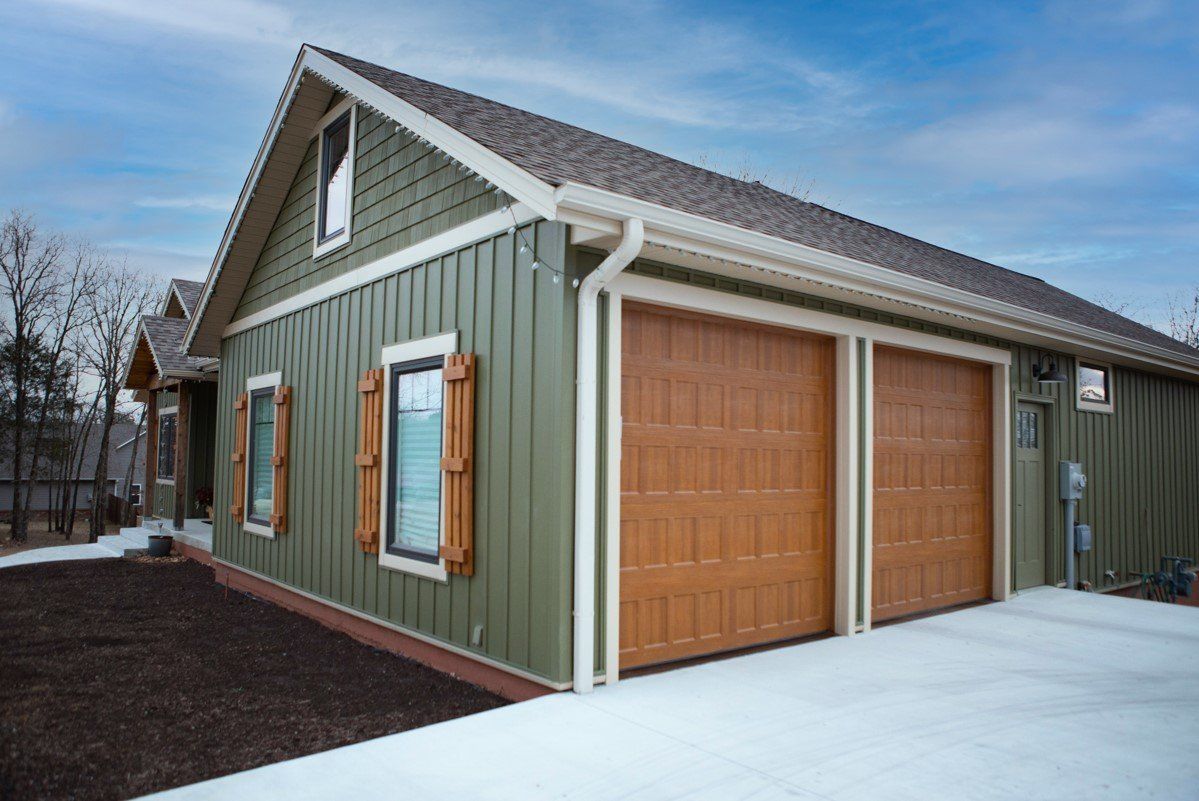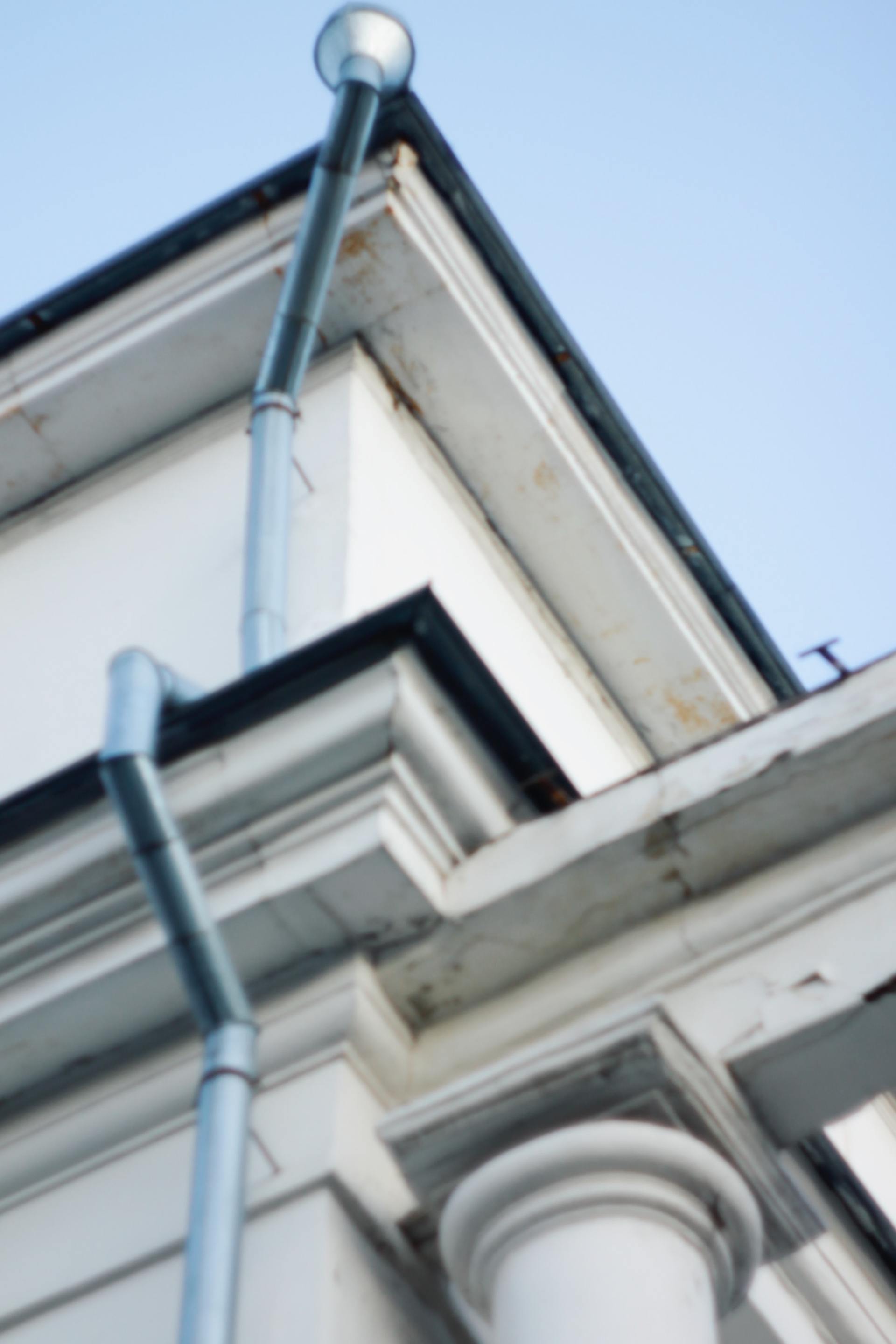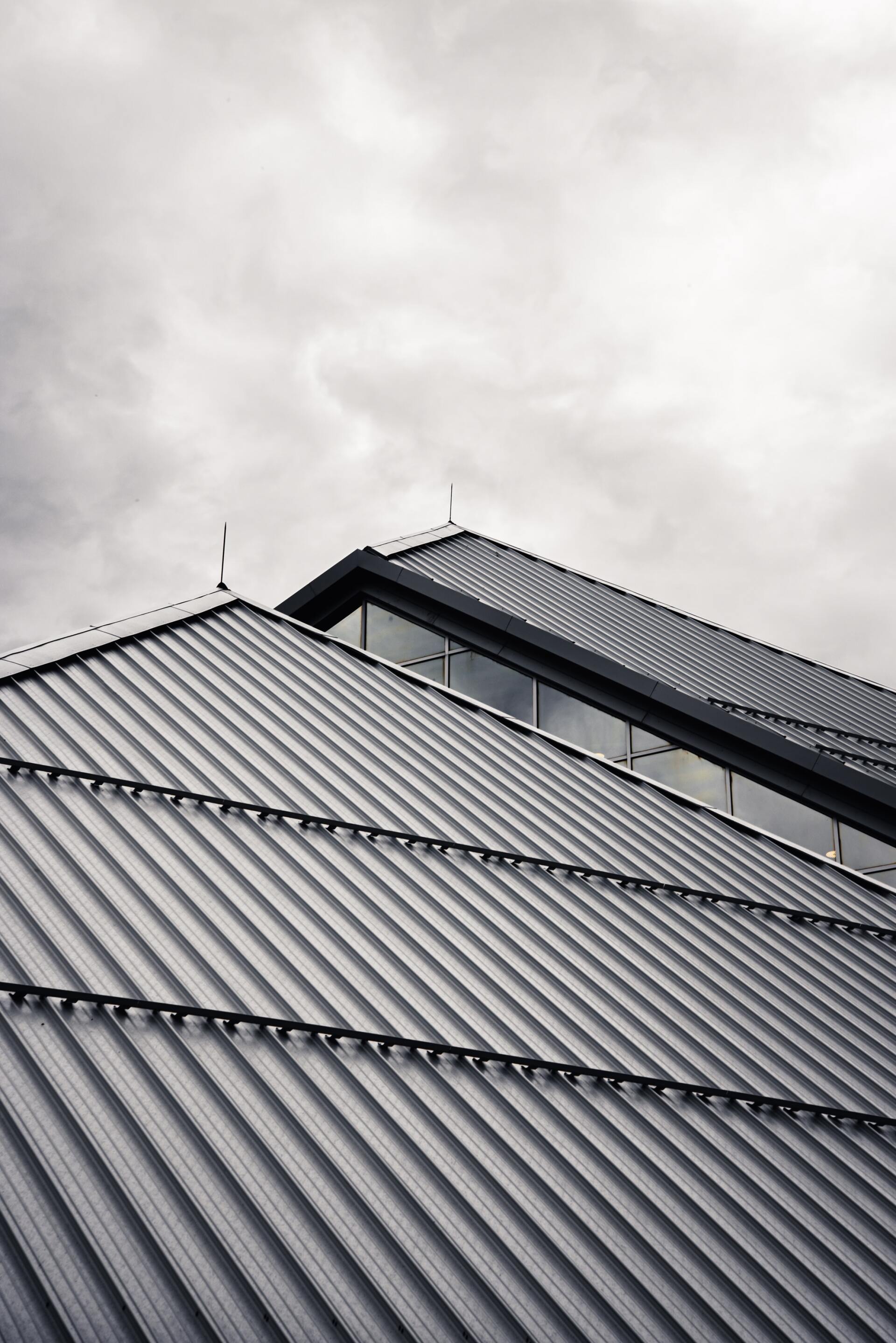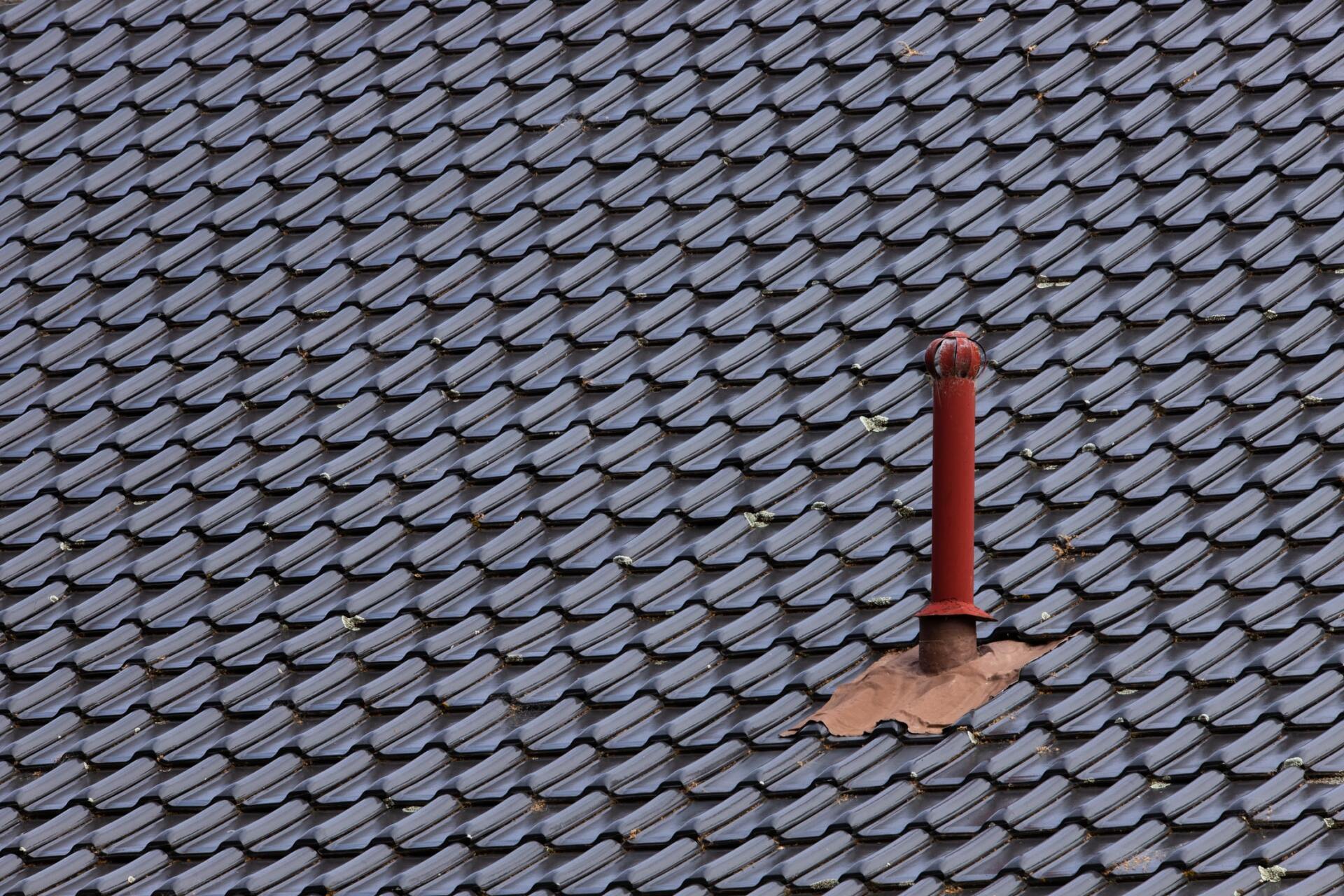What are the most common roofing mistakes?
Roofing is a critical part of your home and one that you don’t want to skimp on. A good roof will protect your home from the elements and keep you and your family safe and dry. But with so many options on the market, it can be difficult to know which roofing material is right for your needs. There are also plenty of common mistakes that homeowners make when deciding to replace, or simply maintain, their roofs. Here are five of the most common roofing mistakes that can cause major problems for your home if you aren’t careful.
Improper Installation
This is perhaps the biggest mistake that homeowners make with their roofs. A poorly installed roof will only work for a short amount of time. If the installation is not done with care, it can mean that your roof roofing material won won't be properly secured to the frame of your home.. This can lead to leaking, extra wear and tear on your
or flashing, or even more serious problems with mold developing in your attic. Remember that with most roofing materials, it’s important to have the proper ventilation in your attic to prevent any potential problems with mold or pests.
Improper Installation
When your roof does not have proper ventilation, this can lead to numerous problems including leaks and deterioration of the shingles. It can also lead to your attic turning into a furnace during the hot summer months. This can be particularly problematic if you have an unfinished attic with exposed insulation or materials. Depending on the type of roofing material, proper ventilation is important regardless of whether or not there is already an existing vent in place.
Skimping On Quality Materials
You may think that low-quality materials are the smart choice when you’re on a budget, but it can often backfire. For instance, choosing to go with low-grade shingles will mean that they need to be replaced much sooner than is necessary. Or if your roof has a leak or water damage, putting in slightly damaged or old shingles can just cause the problem to get worse. It’s important to do your research and invest in quality materials that will serve their purpose for a long period of time.
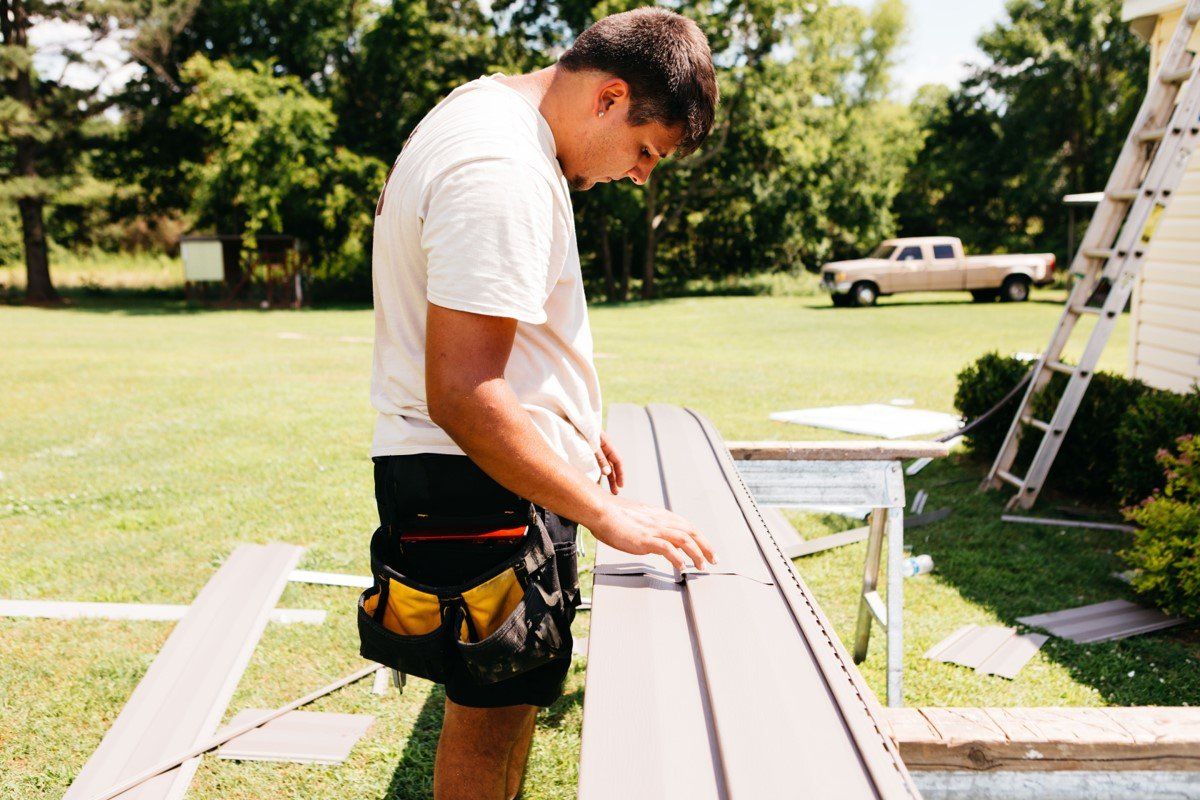
Not Getting The Right Materials For Your Climate And Location
This is another common mistake made by homeowners. If you live in a location with heavy rainfall, it makes no sense to install the same type of roofing materials that are used in dryer climates. You’ll be spending more money than is necessary because your roof will wear out quickly and need to be replaced sooner than it should.
Skimping On The Quality Of Your Roof Installation
Always make sure you hire certified contractors to complete your roofing installation project. If you are tempted to cut costs by hiring unskilled or uncertified contractors, it can cost you in the long run. Not only will they do a subpar job on your home, but this can also lead to other problems with your warranty. Your shingles may not be properly installed or secured, or your roof may not be properly sealed to prevent water damage.
Not Getting Enough Information On Roofing Materials
It’s not enough just to know that some roofs are flat and others have peaked. You also need to know about the different types of materials used in roofing construction like asphalt shingles or slate tiles. And then there is the matter of understanding how all this ties into home maintenance issues like leaks, ice dams, and ventilation problems. This article will tell you what you need to know about roofing materials so that when it’s time for a new roof or repairs on your existing one, you can make an informed decision about which type is best for your needs.
Not Taking Home Samples
It is also important that the new roof not only solve the problem but also fit in with the style of your house and complement its surroundings. That means taking home samples when shopping for materials; these will help you make an informed choice about which type is best for your needs. For example, if there are trees nearby, slate tiles might be a better choice than asphalt shingles because they blend more easily into nature. If cost is a concern, consider metal roofs - they last longer and come with long-term warranties on most brands (although some homeowners find them too noisy). You should also get references before you decide. Talk to neighbors who’ve had new roofs installed in the last five years, and ask for referrals from your local home improvement store.
And Not Knowing What The Contractor Is Charging For
This is not about ‘how much does a roof cost?’ but rather knowing what contractors are charging for and not paying for. For example, is the contractor charging you for a new roof and also including the additional costs of removing old materials and getting rid of them? If so, will they dump the debris at your home or pay someone else to haul it away? Also, if you’re replacing shingles on an asphalt roof, look for tarping to protect flowers and shrubs. Ask if the contractor will help you select gravel, underlayment, flashings, drip edge, or starter strips. These are not necessities - they’re options that impact the quality of your roof.
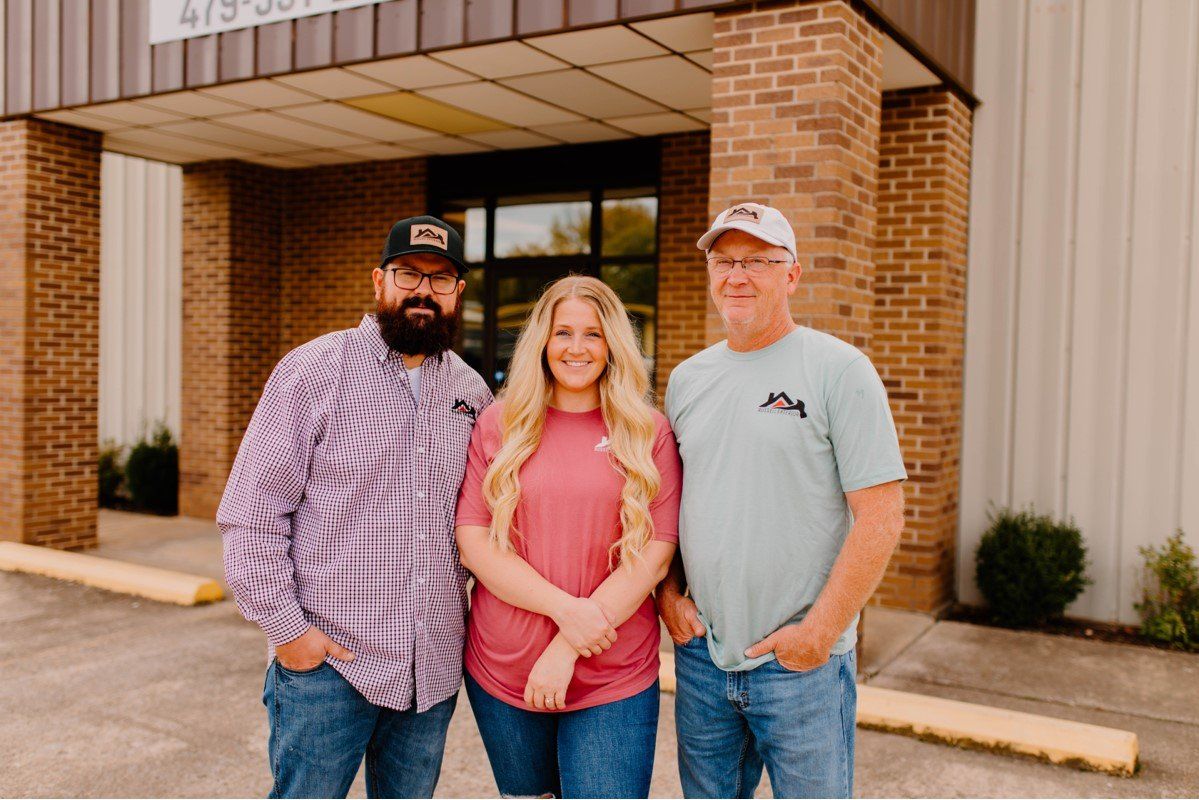

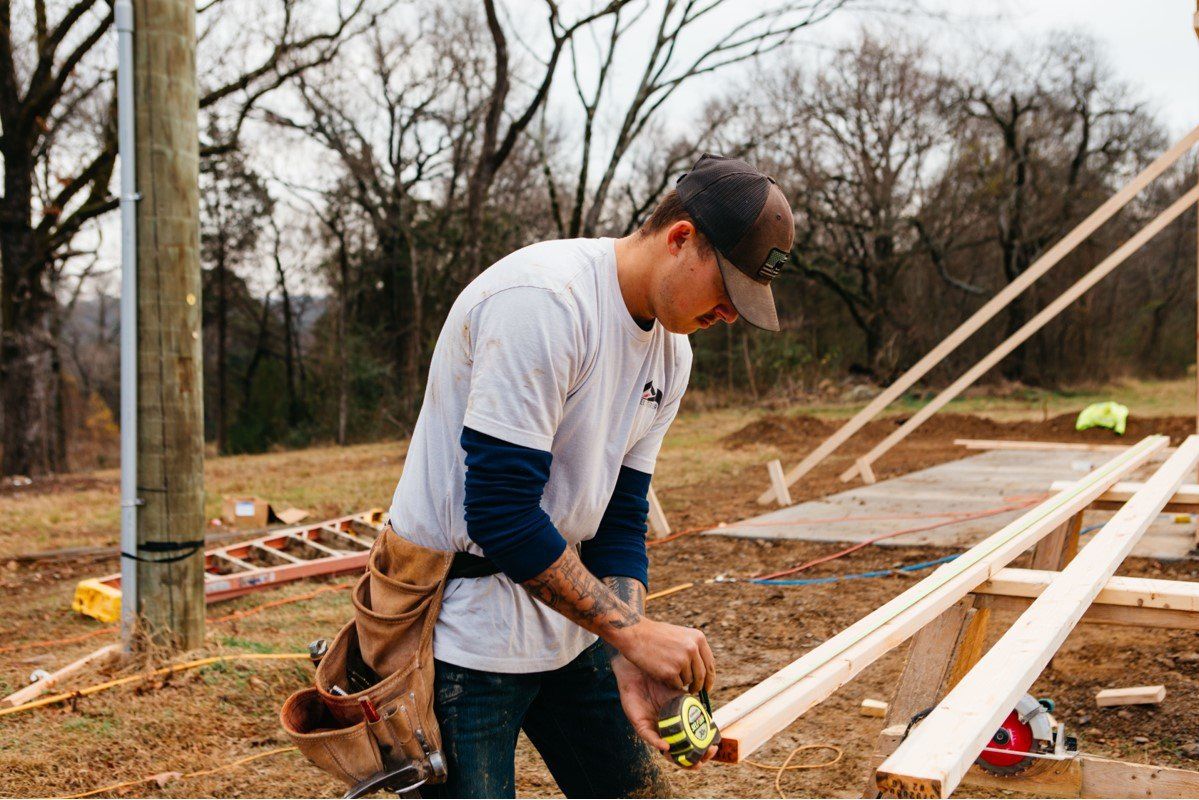

Restore and protect your home with Russell Exterior.
We will get back to you as soon as possible.
Please try again later.
Company
Contact
4514 South 16th Street
Fort Smith, AR 72908

